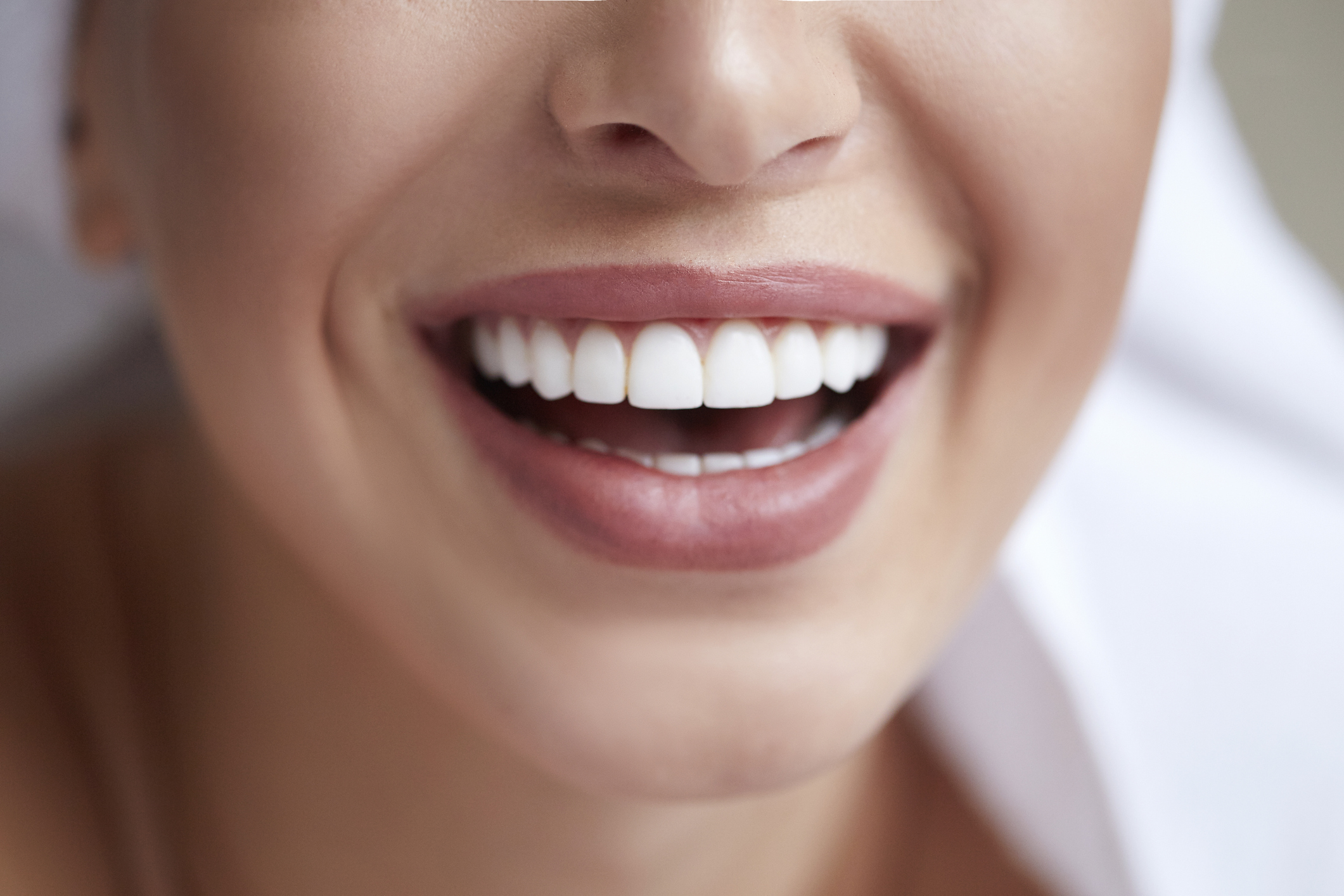
How to Whiten Your Teeth at Home
Your smile isn’t just a form of self-expression—it’s a physical movement that activates muscles in your face telling your brain to release endorphins (your happy hormones).
Now it makes sense why brighter, more beautiful smiles correlate with greater success, confidence, and even higher pay!
So, the next time you’re on a date or job interview and start to feel self-conscious about your discolored teeth, know there are measures you can take right at home.
Here’s everything you need to know about whitening your teeth (without taking a trip to the dentist’s office).
DIY Whitening Treatments
Before trying at-home products, know several of these treatments will only give you short-term results and may also cause gum irritation or tooth sensitivity.
To help you get started, we’ve listed out the most common at-home products here:
Hydrogen peroxide
This natural bleaching agent works via a chemical reaction on your teeth via an oxidative chemical, breaking down any color-causing molecules (by changing or completely removing those bonds). When using this option, always search for a formulation targeted for dental use and do not use pure hydrogen peroxide on your teeth.
Baking soda
Like hydrogen peroxide, we do not recommend using direct baking soda on your teeth as well. Instead, find toothpaste products with baking soda for good stain removal. But, of course, don’t skimp out on your fluoride either!
Whitening strips/trays
One of the most common whitening methods, this product works either with carbamide or hydrogen peroxide. For optimal results, you’ll need to wear this solution for at least 30-45 minutes daily.
Bottom line: When searching for at-home products, steer clear of ingredients like kaolin clay, activated charcoal, fruit whiteners, and apple cider vinegar. There is very little scientific evidence that supports these ingredients’ efficacy. And acidic or abrasive treatments, like apple cider or activated charcoal, can harm your tooth’s enamel.
Pros & Cons of Teeth Whitening At Home
At-home treatments may not be as effective as in-office treatments, which can help you get the results you want much faster.
Also, keep in mind at-home products will not change the color of your existing crowns or fillings (and will not work on all teeth).
And, since some whitening trays will not fit the shape of your teeth precisely, you may need a custom tray only a dentist can build.
Bottom line: At-home products may not be the best choice for your teeth whitening goals and can worsen certain pre-existing teeth conditions. And most whitening remedies tend to last a short time, always needing periodic re-application. So, be sure to chat with your dental provider to see which at-home (or in-office treatments) will give you the results you’re looking for.
When to Make an Office Visit
At-home whitening kits also only treat extrinsic stains (stains on the outside of your teeth). Wine, coffee, tea, and smoking are the most common stain-causing culprits.
But what if your stains run deeper?
Intrinsic stains result from your tooth itself becoming discolored (either your dentin or enamel). Several conditions can cause this discoloration, including medications you take and genetic disorders you’ve had since birth.
Age can play a huge role, too, since your white enamel (the outer surface of your tooth) becomes thinner over time, causing your underlayer of dentin (which is yellow) to show more.
Bottom line: Getting closer to a smile you’re happy with depends on how healthy your teeth are. If you suffer from any underlying gum disease or cavities, you’re more likely to experience adverse effects from bleaching treatments. So before starting any treatment, make an appointment with your dentist. This way, you can discuss the health and safety of your whitening treatments.
How to Prevent Teeth Stains Long-Term
Preventing stains from forming in the first place is key to maintaining your pearly whites. To start, follow these tips:
- Limit your intake of staining foods (and beverages) like coffee, tea, and wine.
- Quit smoking.
- Brush and floss your teeth twice a day.
- Schedule dental cleanings with your hygienist regularly to help remove more plaque and surface stains.
Bottom line: Of course, we use our teeth every day, so preventing teeth stains can feel like a never-ending battle! But, in conjunction with treating stains, preventing them can also help you maintain a more youthful smile long-term.
Achieve a gleaming smile by letting our office find the best teeth whitening solution for you!
